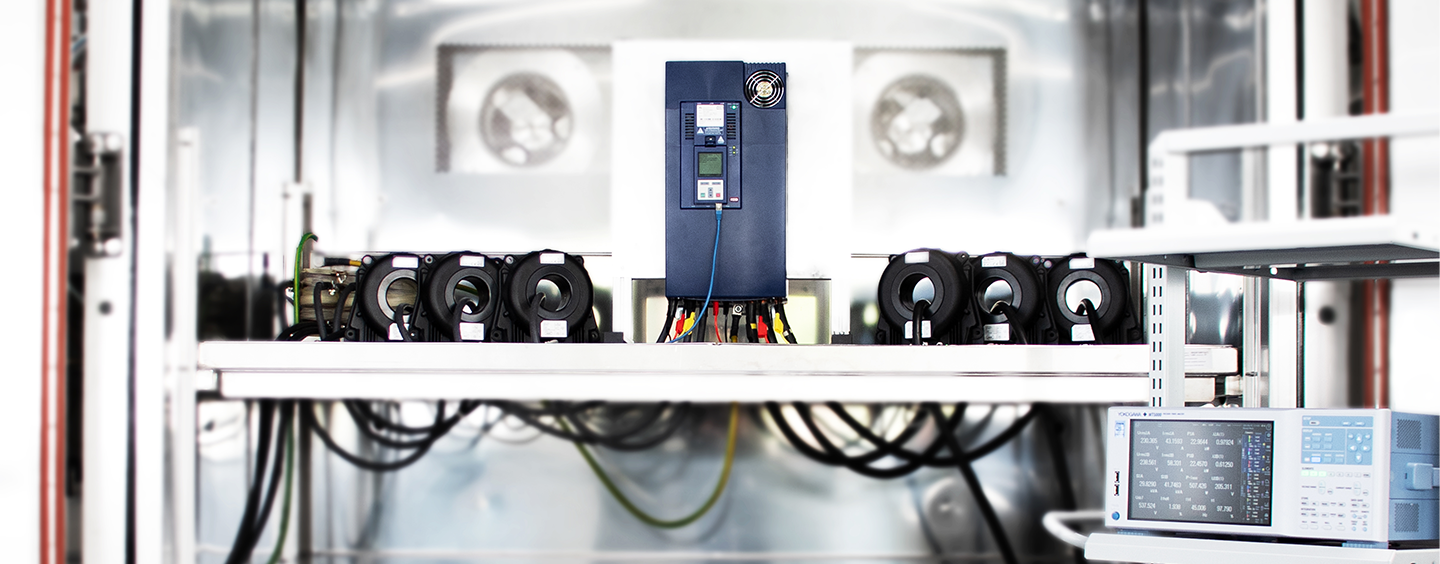
KEB Automation develops faster drives with Yokogawa power analyzer
by Yokogawa Test&Measurement February 14, 2023Motor drives offer major benefits to process operators – by controlling the speed of motors and matching them to the needs of production, they cut energy use and bring a host of control capabilities to industrial equipment.
And they are getting better all the time – companies like Germany’s KEB Automation are improving their performance by getting them to switch faster. The result is motor drives that can use smaller capacitors and magnetic components, saving both space and weight.
Yet these benefits come at a cost. Faster switching produces higher levels of common mode noise, which makes it harder to get accurate measurements of key power parameters such as voltage and current.
Fast-switching semiconductors generate common-mode voltages at high frequencies – they induce parasitic common-mode currents even in small capacitances. KEB Automation only wanted to see the differential mode in the measurement, so it needed a measurement solution with high common-mode rejection.
The company already had good experience with Yokogawa’s power analyzers, so while investigating a range of products from different vendors, KEB looked at Yokogawa’s WT5000.
In its tests of the WT5000, KEB found no significant crosstalk from channels affected by common-mode noise to other channels – this was true even when operating at the system’s full measurement bandwidth of 5 MHz for current and 10 MHz for voltage.
The WT5000 was better than KEB’s existing analyzer – which was also from Yokogawa.
Of course, KEB wanted accuracy from its new power analyzer – the WT5000 delivered, with power measurements accurate to 0.01% (reading) and 0.02% (range) at AC mains frequency (50/60 Hz).
Flexibility is always a major demand of a power analyzer. The WT5000 offers seven slots that the user can connect to different input modules – it can also evaluate up to four motors simultaneously.
KEB found these inputs extremely useful. For example, it used the seventh channel to measure auxiliary power supplies or the DC link, while the first six are used to measure the input and output of the drive controller.
Usability is also key. The WT5000 provides a full touchscreen, supported by hardware hotkeys and powerful software for remote measurements, while KEB also found that its intuitive navigation cuts the time needed to configure and run a test.
Overall, KEB got exactly what it wanted – high immunity to common-mode noise and a high channel-to-channel isolation. When analyzing the voltages and currents switched by semiconductor power components, KEB knows it has an instrument it can rely on.


No Comments so far
Jump into a conversationNo Comments Yet!
You can be the one to start a conversation.